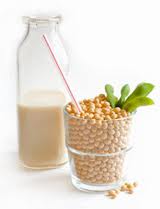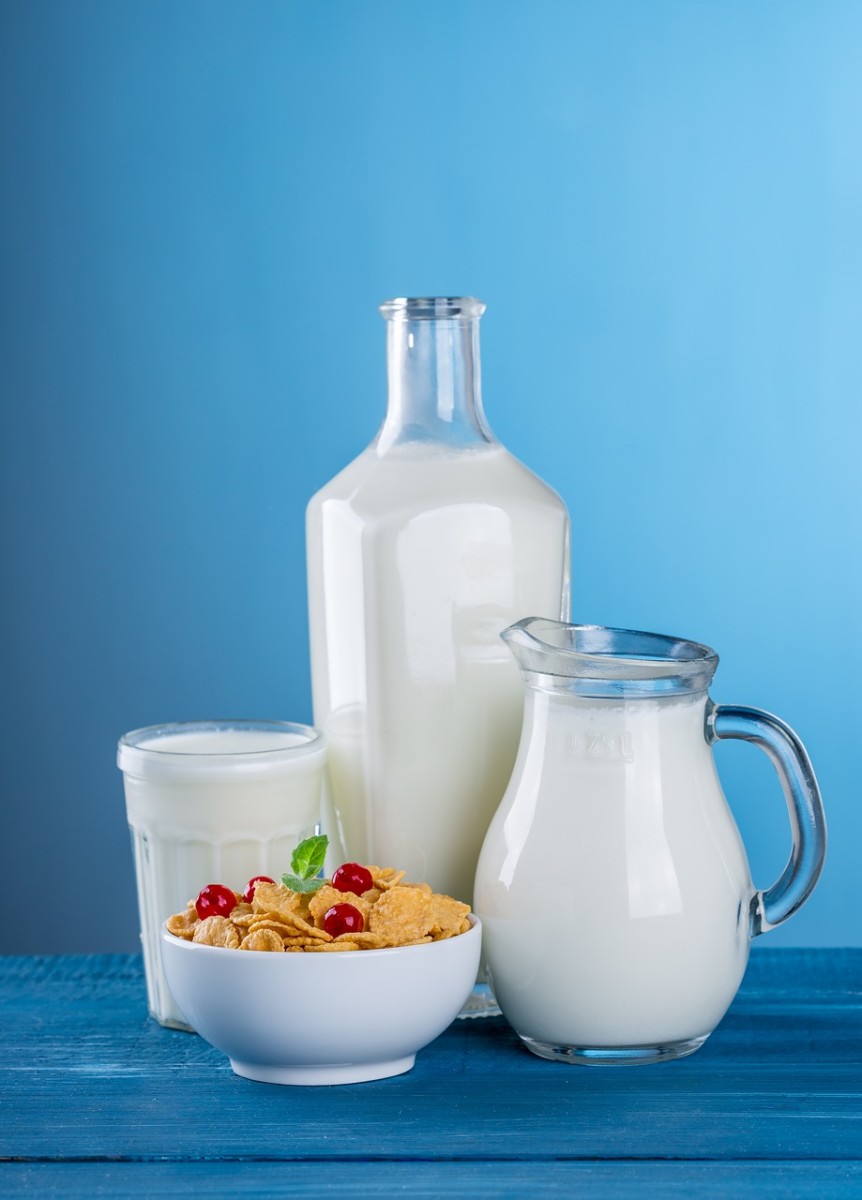Soybeans and Making Homemade Soy Milk

Not your Average Bean
Soy milk comes from the ancient nutritional powerhouse, the soybean. The most cultivated legume in the world, it has been around for thousands of years, and is used for everything from environmentally safe ink to, you guessed it soymilk!
Is it Really Healthy?
The soybean has countless nutritional benefits: it is accepted as an equal to animal proteins with a fraction of the saturated fat, and actually helps reduce cholesterol levels instead of raising them. In addition to that, it contains essential fatty acids, isoflavones and is an excellent source of fiber. These same isoflavones have been shown to cause the body to produce “fewer and smaller fat cells” according to a study by the journal Endocrinology.
But do these benefits carry over to soymilk, and how does the commercial stuff measure up to the homemade version?
Soy Milk Nutrition
Commercial soy milk nutritional information on the package tells some of the tale. Soy milk is a good source of protein, vitamins and contains a good amount of healthy fats. However, in addition to naturally occurring vitamins and minerals, the commercial stuff is usually fortified with vitamins A and D, and contains added sugars, especially when it is flavored.
Still, it is a great source of protein, and contains an extensive mineral profile. Soy milk is a great source of calcium, magnesium, potassium and many more essential minerals. It also contains high levels of omega-3 and omega-6 fatty acids.
Homemade Soy Milk
Making fresh homemade soymilk requires detailed preparation and refining. The good news is that if you can concoct a smooth, creamy drink, it will be an all-natural, unfortified drink with more soy benefits than commercial versions. Here is the process to make homemade soymilk at home with a few simple utensils and ingredients. You can also purchase a machine for making soymilk at home, and simply follow the manufacturers instructions.
For extra flavor, try adding vanilla extract, cinnamon or agave nectar to the finished product.
How to Make Soymilk
-Soybeans: Buy the white version and not the green served in Japanese restaurants (edamame.) Buy fresh dried white soy beans, preferably organic.
-One large or two 16 cup stock pots for boiling and holding the bean paste.
-A large cheesecloth bag for straining the milk from the paste.
To start, soak approximately 1 lb. of soybeans for up to 24 hours or until soft in cold water. Drain and rinse to remove debris.
Next, fill the two pots with 8 cups water each and divide the soaked beans equally into the two pots. Turn on the heat to medium and watch it carefully as it heats up. This step can be skipped if the beans are already soft enough to blend.
Once the soybeans are soft enough, drain the beans and grind them in a food processor or blender. Pour in enough water to cover before blending.
Process until they are as fine as they can get, scraping the sides of the machine as needed.
Next pour this gooey liquid back into the pots (or pot,) and cook for about 20 minutes, scraping off foam as it forms. When this is finished, either drape a cheesecloth over the pot and secure with clips on either side, or pour the mixture through a mesh bag into another pot.
The ‘okara’ is the fibrous material left in the bag when the liquid is gone. Gather up the sides of the bag and gently squeeze it to get any remaining liquid out.
Finally, pour your strained soymilk into the desired container, allow to cool and then refrigerate. Fresh soy milk should last from 3 to 7 days if properly refrigerated.
Get Your Own
Whether you buy the homemade version or pick up a container at the supermarket, soymilk is a tasty drink that is beneficial to your health. Be sure to try both versions, as well as different flavors, to discover which you like best. Enjoy!

- Losing Weight Fast - Best Foods for Healthy Eating
- Can you Live Longer through Diet and Exercise?
- 5 Exercises to Increase Your Metabolism Fast
- Making the Best Chinese Style Fried Rice
- Resistance Bands Exercises-Great for Travel or Just Playing Around
- Losing Weight by Understanding a Little Food Chemistry - What You Eat Does Make a Difference









